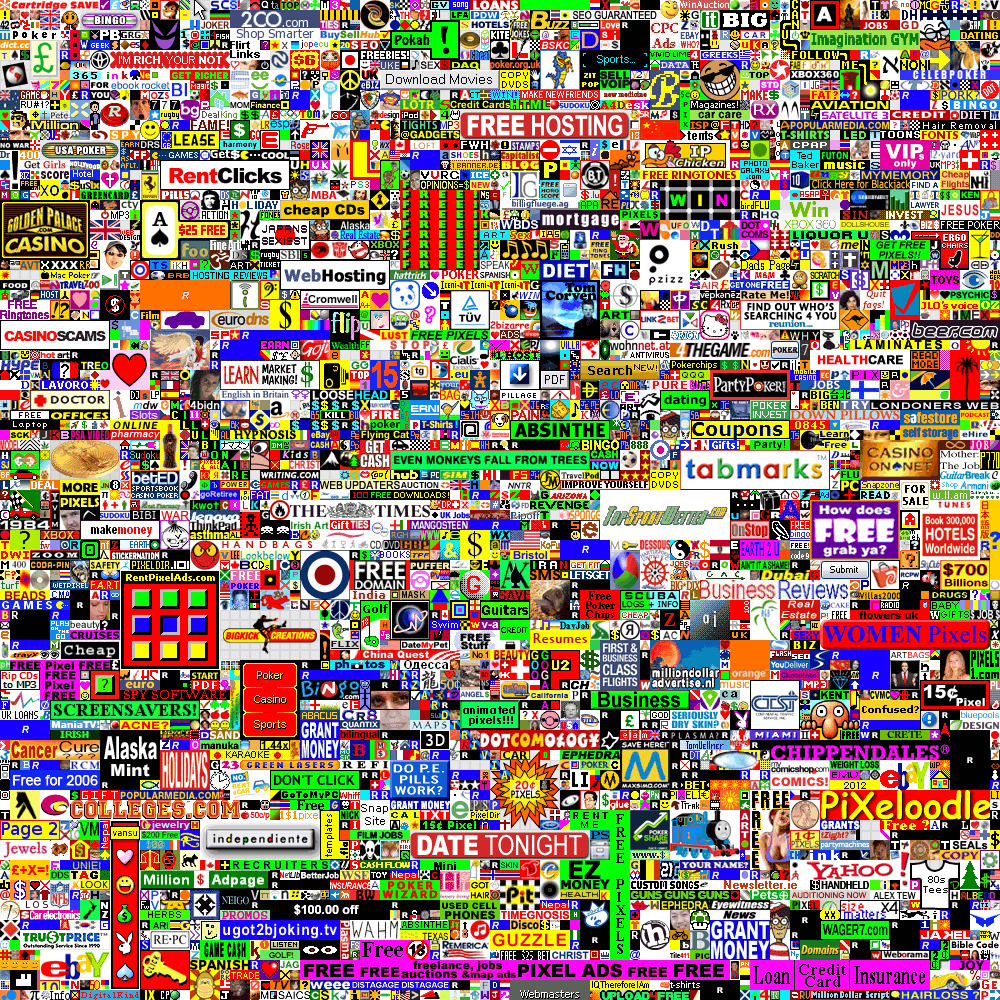
Ad-blocking is the new normal. With the Interactive Advertising Bureau (IAB) having launched its LEAN Ads program worldwide, I look a little closer at the initiative — and what it implies for the future of online advertising.
While I agree with the theory of the LEAN initiative (which stands for light, encrypted, ad-choice supported, and non-invasive), the implementation leaves a little to be desired. Less placement opportunities for publishers and more constraints for distribution platforms seem an Orwellian reaction to an industry still reeling from the arrival of HTML5.
 Today, almost one in five Internet users in the UK (and rising) have an ad-blocker installed. Advertising revenue is being wasted on unseen ads, ad fraud and ‘bots, while scripts, videos and bloated bandwidth are inflating mobile data plans. The target audience and brands are crying ‘foul’. And although LEAN addresses some of these tactical concerns, it fails to address the broader problems.
Today, almost one in five Internet users in the UK (and rising) have an ad-blocker installed. Advertising revenue is being wasted on unseen ads, ad fraud and ‘bots, while scripts, videos and bloated bandwidth are inflating mobile data plans. The target audience and brands are crying ‘foul’. And although LEAN addresses some of these tactical concerns, it fails to address the broader problems.
Fortunately, there are ways through this thorny problem but, much like global warming, we’re not going to like it; agencies, distribution platforms, publishers and clients are all going to have to work together if we’re to move forward.
Firstly, as always, we need to get creative. Take the humble 200kb online ad; often delegated to artworking teams, many with meagre budgets, fast turnaround times and low expectations.
Incorporating digital innovation, such as dynamic/rotating content; leveraging speed using Content Delivery Networks as well as programmatic and other user-targeting techniques; and developing content-led creative — instead of just containers for content delivery — may eventually endear the user to brands and increase engagement. This approach will create ads that evolve and can last an entire campaign — simultaneously reducing media spend while increasing clickthroughs. Blocking ad-blockers is a road to nowhere.
Secondly, leaders in this area (such as Guardian Labs) are inviting users to become part of the equation. An extension of the IAB-approved ‘AdChoices’ concept, Google’s Contributor platform for DoubleClick (which is yet to roll out to the UK), allows ‘subscribers’ to pay a monthly fee to remove ads. However, this will only work if all ads are removed in the subscription, and the profit model replaces the revenue stream (and doesn’t increase it). If there’s one thing online businesses should learn, it’s that transparency is key to success.
 Lastly, publishers, clients and media planners seem to have opted for quantity, not quality. Those that work harder with their partners, leveraging brand depth instead of reach, to gain the first-mover advantage (reducing impressions and incorporating native/sponsored/branded content) will be the first to reap the low-hanging fruit; leaving competitors, paywalls and ad blockers scrambling in their wake.
Lastly, publishers, clients and media planners seem to have opted for quantity, not quality. Those that work harder with their partners, leveraging brand depth instead of reach, to gain the first-mover advantage (reducing impressions and incorporating native/sponsored/branded content) will be the first to reap the low-hanging fruit; leaving competitors, paywalls and ad blockers scrambling in their wake.
There has been some sizeable changes in the digital display industry in 2015, but for a long time users have always wanted the same thing from advertising: make it useful.
Show me what I need, just before I need it.
Most users don’t want to block all advertising; they just want to see advertising that is appropriate to them (by definition, ads not intended for them are — at the very least — poorly targeted). We have many more creative digital tools to enable this to happen.
The industry has alienated our customers with irrelevant advertisements force-fed to them en masse — let’s work hard (and together) to get them back on board.
They’ll thank us for it.
“Million Dollar Homepage” © 2005 Alex Tew
“Ad Blocking Usage by Country”© 2015 PageFair/Adobe
“iOS Page Load Time in Seconds” © 2015 Mark Wilson/Beta News


0 comments
Write a comment